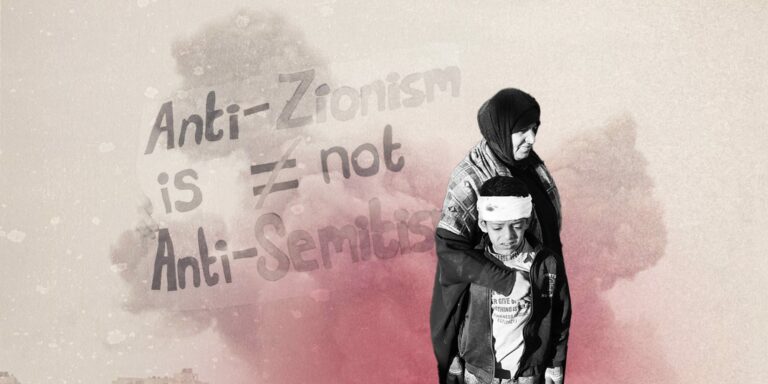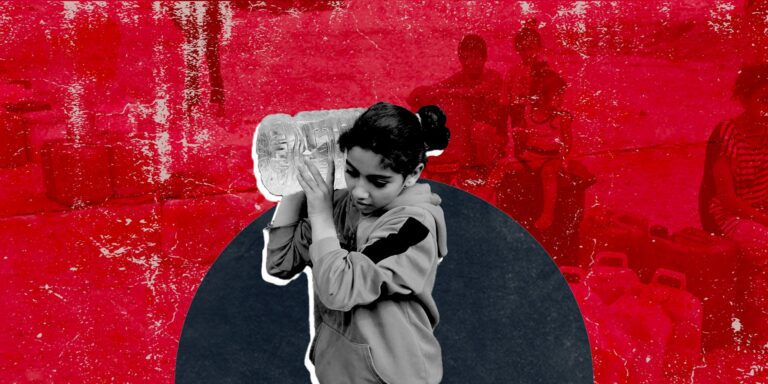The Brussels bombings that took place on March 22, 2016 claimed the lives of 32 people and injured around 340 others, also resulting in the death of three of the bombings’ perpetrators. Two bombings targeted Brussels International Airport, and another targeted the Maelbeek metro station in Brussels.
Among the six convicts, the Swedish Osama Krayem, also known as Naim al Hamed, stood out. Krayem was born in August 1992 in the Rosengård neighborhood of Malmö, southern Sweden, to Palestinian immigrant parents from Syria. Last year, the Swedish judiciary initiated investigations regarding war crimes committed in Syria, pegging Krayem as one of the participants in the November 2015 Paris attacks which were claimed by the Islamic State (ISIS).
In addition to his involvement in carrying out the 2016 Brussels bombings, Krayem is accused of participating in the killing of Muath al Kasasbeh, the Royal Jordanian Air Force pilot who was burned to death by ISIS in the Syrian city of Raqqa in January 2015. Until the date of his arrest in Brussels in April 2016, Krayem was at the top of the wanted list in Europe, considered as one of the most extremist members of ISIS.
A “very withdrawn” football player
Krayem’s arrest stunned friends and acquaintances of his family, especially those who knew him during his upbringing in Malmö. Those close to the family confirmed that his father, Fadi, was worried about his children’s ability to integrate into Swedish society. Krayem’s father was keen on getting out of Rosengård in order to secure a high-quality education for his children.
In September 2003, Krayem and his family had appeared in a Swedish documentary, “Without Borders, A Film about Sport and Integration,” which focused on ways to successfully integrate immigrants into Swedish society.
In the documentary, Krayem’s father talked about his family’s life and how happy he was that his children played football rather than drowning in the world of electronic games. He also indicated that playing sports outside of the house was an opportunity for his kids to meet other people.
Swedish media described Krayem and his younger brother, Anas, as “two football-mad sons in ‘Malmö FF’ and ‘IFK Malmö’,” the two largest football clubs in Malmö. The Malmö municipality participated in the production of the film, which received wide media attention and was made available in Arabic, Farsi, Somali, and Turkish. According to Christer Girke, the marketing director at IFK Malmö, who also led the film project, recalled that Krayem was a withdrawn boy.
Nothing pointing to extremism
After spending his childhood in the neighborhood of Rosengård, Krayem moved with his family to the town of Oxie in the southeast of Malmö as a teenager. There, he started playing football in a local association. According to the manager of the local team, Krayem was a good player who did well in back positions on the field, and was also a calm individual who never caused any problems.
Everyone who knew Krayem between the age of ten and his late teens confirmed that he was quiet and introverted. According to some of his classmates in high school, Krayem was polite and kept a low profile. He was religious, did not engage in partying, and abstained from alcohol. Despite these traits, there was no reason for his former colleagues to label him as an extremist.
The only change during his high school years was that Krayem, despite remaining a calm individual, began hanging out with the wrong crowd, and they frequently skipped school together. Before moving to Syria, Krayem’s name became known amongst the Swedish police due to his close links to people with criminal records in Malmö.
In May 2013, Krayem was commissioned to carry out construction work for the Al-Risalah Scandinavian Foundation in Örebro in central Sweden, about 190 kilometers east of Stockholm. Al-Risalah had planned on opening a kindergarten in the Danish capital, Copenhagen. Osama worked for months during that period to prepare for the project.
A month later, he was hired by the Malmö municipality for a project related to the labor market. Through the municipality, he was trained in service management and then worked for a year distributing furniture to several companies in the city. In June 2014, he was dismissed from his job, as he “disappeared and no longer came to work, and everyone began to wonder about his whereabouts,” says the head of the unit in which he worked.
One of his acquaintances spoke about how Krayem began to change his appearance at that stage. “You could say he became more traditional. He started growing a beard. Whenever we talked, he said everything was going well.”
Krayem then traveled to Syria at the beginning of September 2014, carrying all the sums of money he earned with him.
In front of the ISIS flag in Syria
Krayem’s penchant for religious extremism emerged in his early twenties when he watched video clips of Anwar al Awlaki, a prominent Yemeni-American leader in al-Qaeda. According to the media, Krayem tried to recruit young Arabs from Sweden to fight in Syria. He was one of the first Swedish Muslims to leave the Scandinavian kingdom in 2014 to join ISIS in Syria and fight against the Assad regime.
In January 2015, the Swedish press identified him in a Facebook post, as he had sent his brother, who was in Sweden, pictures of him in the Syrian city of Deir Ezzur, standing in military uniform with a rifle in hand in front of an ISIS flag.
Two weeks earlier, Krayem’s father had stated that his son no longer lived at the same address as the family in Rosengård and that he did not know of his son’s whereabouts. Following the failure of the Swedish State Tax Agency to locate him, he was registered under the category of “unknown residence” in mid-April 2015.
According to Swedish media, Krayem’s decision to travel to Syria came at the instigation of a man who was a member of the same Islamic association in which Krayem was a key member of. Someone who had known Krayem closely for many years said: “It seems that [he] was the one who recruited [Krayem]. Everyone saw how they were constantly going out together. Shortly after he went [to Syria], pictures of an armed Osama were seen with an ISIS flag.”
The person who had closely known Krayem described him as an ordinary young man who went to the mosque like everyone else did, but external influences played a major role in how his life turned out. In March 2015, Krayem uploaded a video to his Facebook page showing the execution of a person. The video won the admiration of many from Malmö, including Krayem’s brother and his friends, along with other individuals in Syria. In 2018, Belgian investigators found that Krayem was present at the scene where the Jordanian pilot al Kasasbeh was killed.
Back to Europe
Later in September 2015, Krayem returned to Europe using the route taken by refugees from Syria to Turkey and then to the Greek island of Leros. There, he used a forged passport in the name of Naim al Hamed and claimed that he was a Syrian citizen born in the city of Hama in January 1988.
He then went on to live in Belgium. At the beginning of October 2015, in the German city of Ulm, Krayem met Salah Abdel Salam, who is Belgian and of Moroccan descent, and they discussed the possibility of cooperation in carrying out terrorist attacks.
Abdel Salam, who was convicted by the Belgian judiciary along with Krayem and others, was involved in the November 2015 Paris attacks, which were claimed by ISIS. When he fled the crime scene, Abdel Salam hid in the Molenbeek district of Brussels, where he was later arrested in March 2016.
Krayem appeared on surveillance cameras at a Brussels shopping mall, where he purchased the backpacks that were later used in the terrorist attack at Brussels Airport. His DNA was also found in a Brussels apartment used by the airport attackers.
Krayem also appeared alongside Khalid El Bakraoui (1989-2016) – also known as Abu Walid al-Baljiki – a Belgian national of Moroccan origins and one of the perpetrators behind the two metro station bombings in Brussels in March 2016. During his interrogation, Krayem admitted that he was behind the bombing of one of the two stations. He claimed to have regretted it at the last minute and subsequently did not try to detonate his bomb.
In April 2016, the Belgian prosecutor’s office linked Krayem to the November 2015 Paris attacks after confirming that his DNA was present in the apartments used by the attackers. In June 2018, he was extradited to France for questioning and in June 2022, he was sentenced to 30 years in prison for helping to plan the November 2015 Paris attacks, including securing weapons for the attackers.
The Bataclan terrorist attacks of 2015 are considered to be the deadliest attacks in France since World War II and the deadliest in the European Union since the Madrid bombings in 2004. They claimed the lives of 130 people, with seven perpetrators also dying during the attacks.
Finally, the media quoted a person close to Krayem, who said: “What he did was a deadly sin and we want to understand why he did it. He met the wrong people somehow, and that must be the reason. There are many young people who do not know what to do in life. They can get affected by certain people or groups. And this does not apply to Osama only.”






